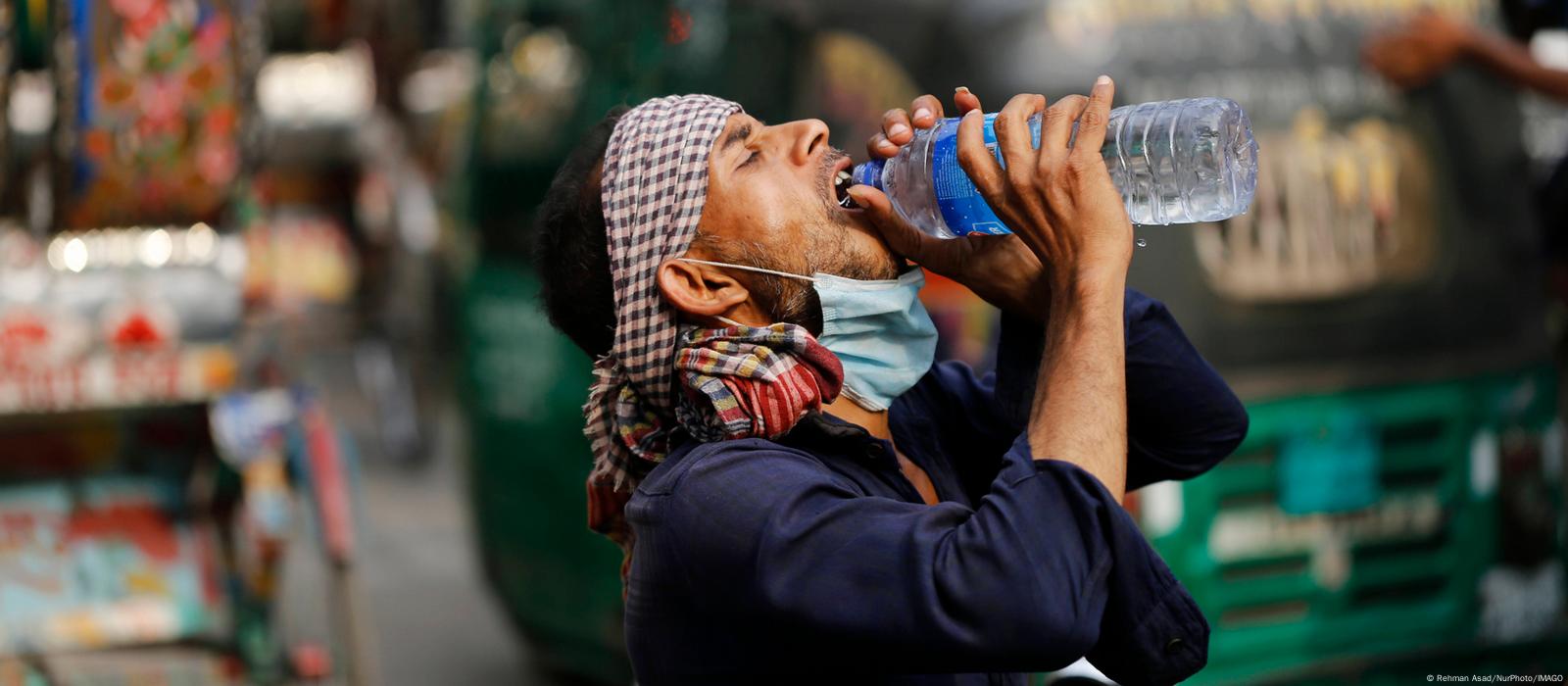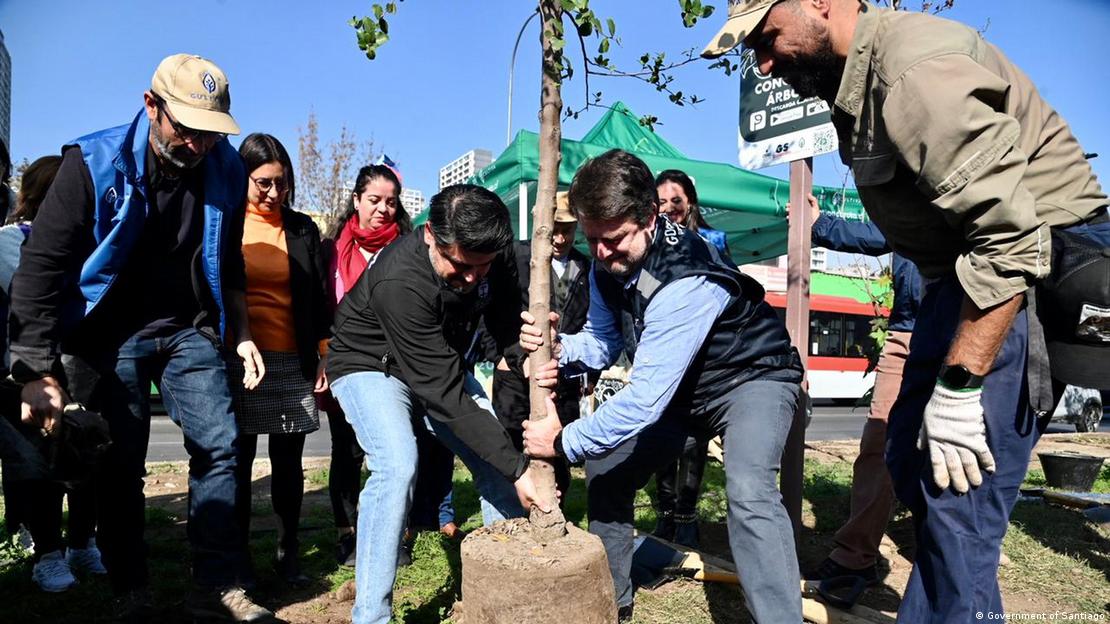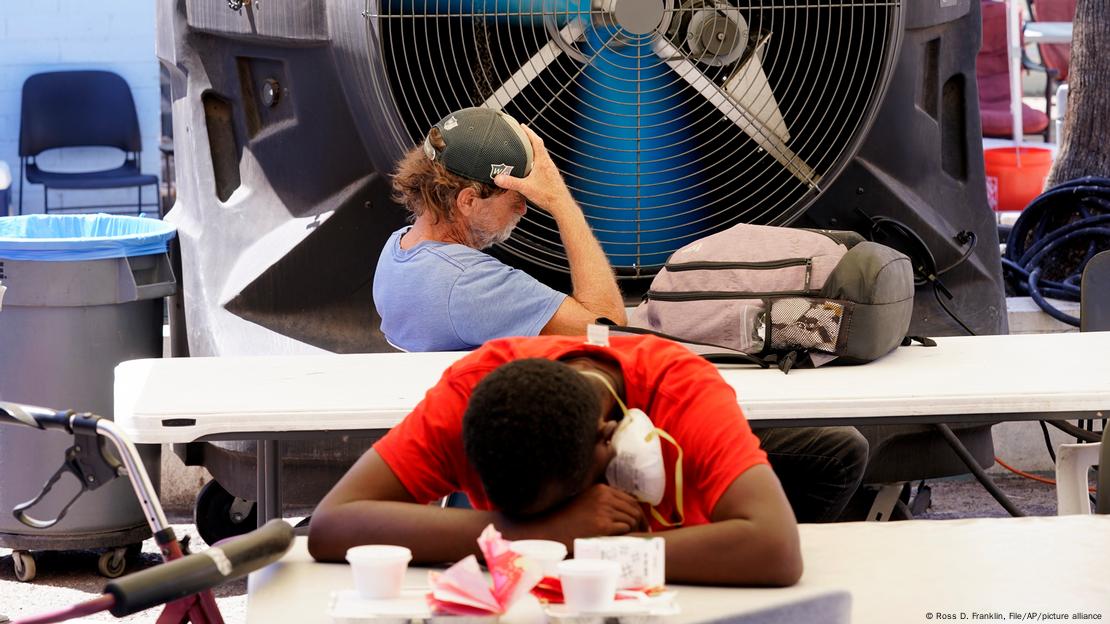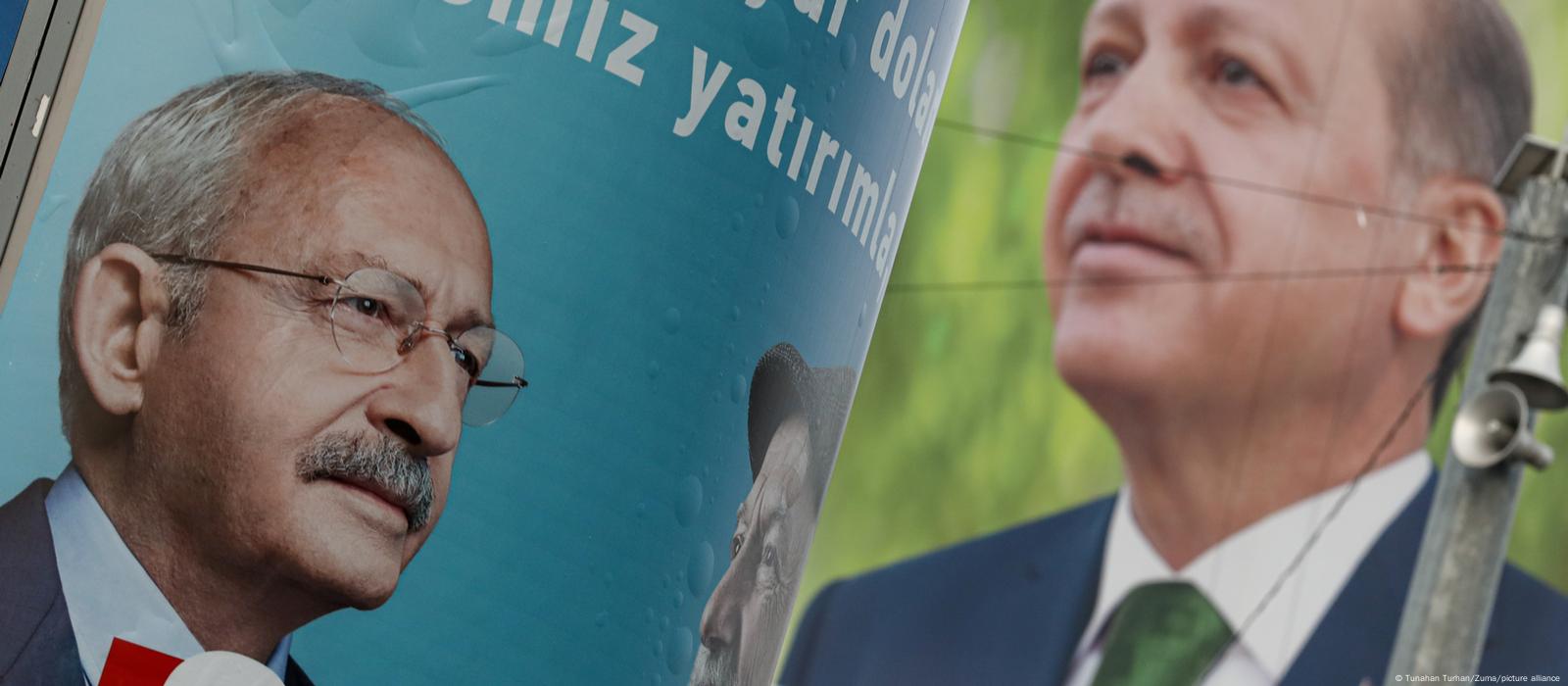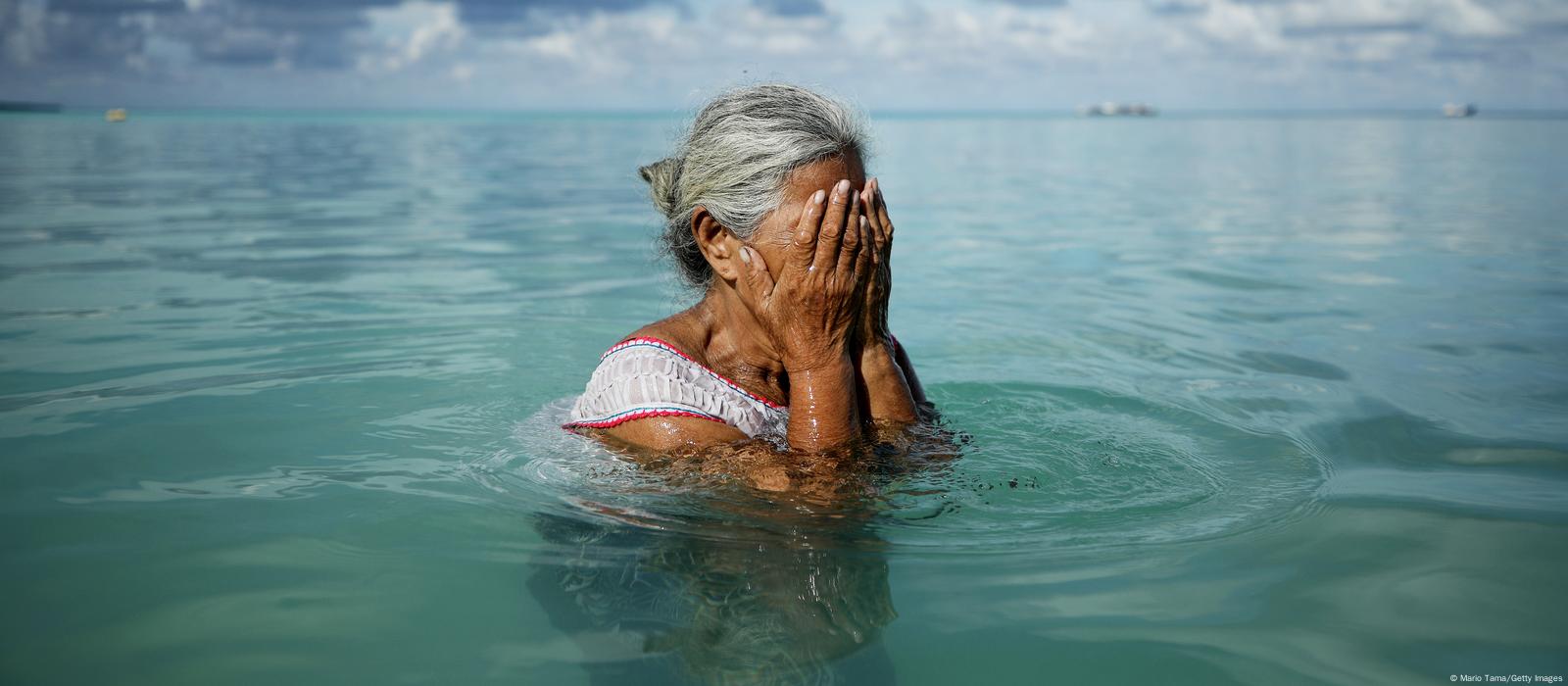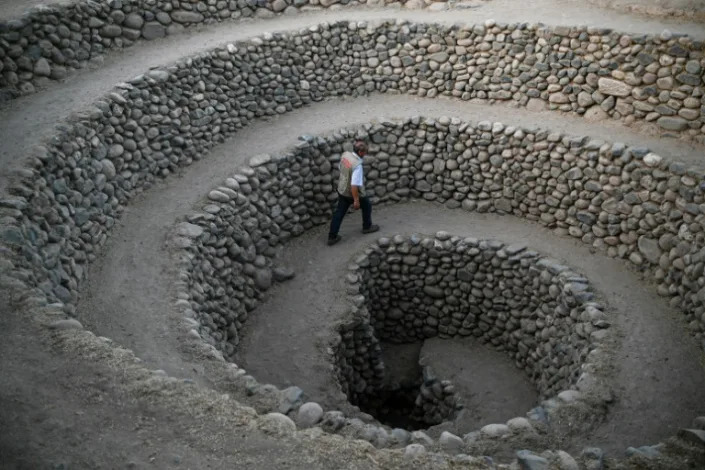
The Axion mission's capsule Freedom (R) docked at the International Space Station on Monday.
CAPE CANAVERAL, Fla. May 22 (UPI) -- Warmly greeted by the seven astronauts living aboard the International Space Station, a four-member crew joined the celebration in a live TV broadcast shortly after their Freedom capsule arrived at the orbiting laboratory Monday morning.
Two of the Axiom crewmembers from Saudi Arabia shared their enthusiasm and gratitude with people back home, speaking in Arabic and English.
Along with former NASA astronaut and lead participant Peggy Whitson are pilot John Shoffner and Saudis Ali Alqarni and Rayyanah Barnawi, which brings the number of space station residents to 11 for the next eight days.
Over the course of three space missions, Whitson logged a record total of 665 days, mostly aboard the space station. Now she will have 10 more days to add to the tally.
RELATED Crew of four lifts off on Axiom mission to International Space Station
Whitson and pilot Shoffner are Axiom employees. Alqarni and Barnawi are called mission specialists, who will be conducting research and communicating with young people on the ground in their native country.
Shortly after docking, Axiom and station crews verified that air pressure on both sides of the tunnel that connects the capsule to the space station was normal, which meant both were hermetically sealed.
Welcomed by their colleagues, the Axiom crewmembers floated into the station at 11:16 a.m. EDT, greeted with hugs and pats on the back.
The first to go inside was Whitson, followed by Shoffner and then Alqarni and Barnawi.
"We are really excited to get a lot of work done up here," Whitson said. "It's great for me to come back and to see this place again. It does feel like home."
A jubilant Shoffner thanked his spouse for her support over the decades. "Thank you for that, Janine," he said.
He said he became enthralled with space exploration when he was only 8 years old, and worked through all his adult life to pursue his dream of flying into space.
"We look forward to some great work for STEM education outreach and some amazing science," he said.
Speaking in Arabic, Saudi Air Force pilot Alqarni thanked the king of Saudi Arabia and the crown prince for supporting and trusting him for participating in the mission.
Then it was the turn of Barnawi, an expert medical biologist and breast cancer researcher. Also speaking in Arabic, she thanked space institutions and research organizations.
"Some of us are doctors, some of us are engineers, and so on. ... I am happy to be here representing the dreams and hopes of everyone back home."
The Axiom 2 crew will conduct a variety of scientific and technological experiments until May 30. They are scheduled to return to Earth the following day aboard their Crew Dragon capsule, splashing down off Florida.
SpaceX launches Falcon 9 rocket for Axiom Mission 2

A SpaceX Falcon 9 rocket launches the Axiom Mission 2 crew to the International Space Station at 5:37 p.m. EDT from Complex 39A at Kennedy Space Center in Florida on May 21, 2023. Photo by Joe Marino/UPI | License Photo


